After installation, the best time to seal pavers is when the pavers are dry and free of dirt or debris. Most experts recommend waiting at least 24 to 48 hours before sealing new pavers after installation. This gives the pavers time to settle and ensures that they are completely dry before sealing them. Sealing new pavers will help create a more durable structure because the sealant solidifies the sand in the joints and holds the pavers together.
Paving stone sealant also slows the erosion of sand from joints by creating a weather barrier. Depending on the sealant, it can also enhance the natural beauty of pavers, truly increasing the overall appearance. There has been some debate about when to seal new pavers. Generally speaking, you can seal new pavers as soon as the surface and soil around the pavers are dry.
In other words, new pavers can be sealed immediately after the surface dries after installation, as long as a curing and sealing paving stone sealant that is breathable is used. However, it's common to wait a few weeks to make sure there's no efflorescence, and some experts recommend it. Efflorescence is the release of salts on cobblestones. Salts can seep from the surface and create a white haze on the pavers.
If efflorescences appear, it is important to clean the pavers with an efflorescence cleaner before sealing them. Most manufacturers and contractors recommend sealing pavers for a reason. Well, that was a great list of benefits that we mentioned to answer your question about why to seal pavers. So are there any downsides to sealing aside from not being free? Try sealing pavers when the temperature is between 50 and 90 degrees Fahrenheit for best results.
It is better to apply several thin layers of sealant than to cover the pavers with a thick layer, as this will make the pavers slippery. If you don't have the necessary experience, many things can go wrong, as we mentioned in the section on disadvantages of sealing pavers. If it has been raining a lot or if the forecast indicates that it will rain in the near future, it is best to wait to seal the paving stones. Understanding when to seal pavers after installation is vital to keeping your investment in good shape.
For example, travertine pavers are much more porous than granite or concrete pavers and will require a different type of sealant. It's hard to make an informed decision when you don't really know why to seal pavers in the first place. Sealing pavers when they are wet will cause the sealant to build up and may even cause it to come off the pavers, which will be a waste of money. The first is when they have just installed pavers for the first time and their contractor tells them that they should also seal them.
Sealing your pavers requires careful consideration of a few factors to ensure you get the best results. If you live in an area with a lot of rain or snow, it's best to wait even longer to seal the pavers. Sealed pavers can last for many years and give you a long time of use if they are well maintained and maintained regularly. Areas, such as entrances and outdoor facilities, that receive a lot of traffic will need to be sealed every one to two years, while pavers in areas with low traffic can last three to five years without being resealed.
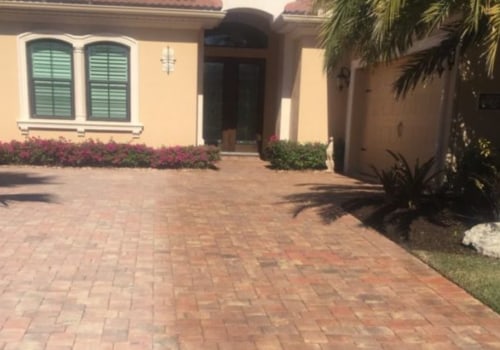
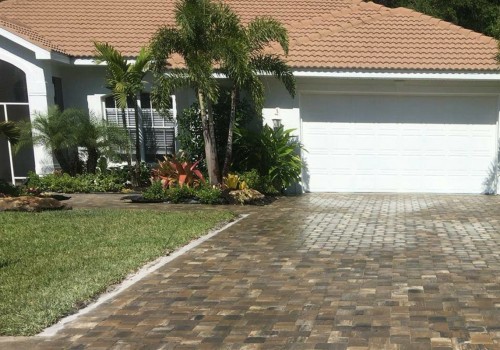
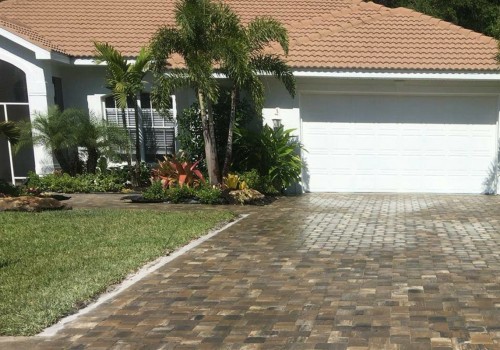
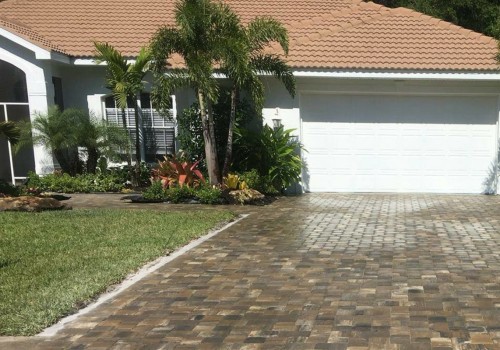
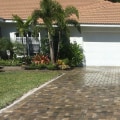
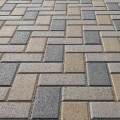
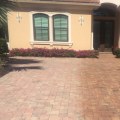
Leave Message